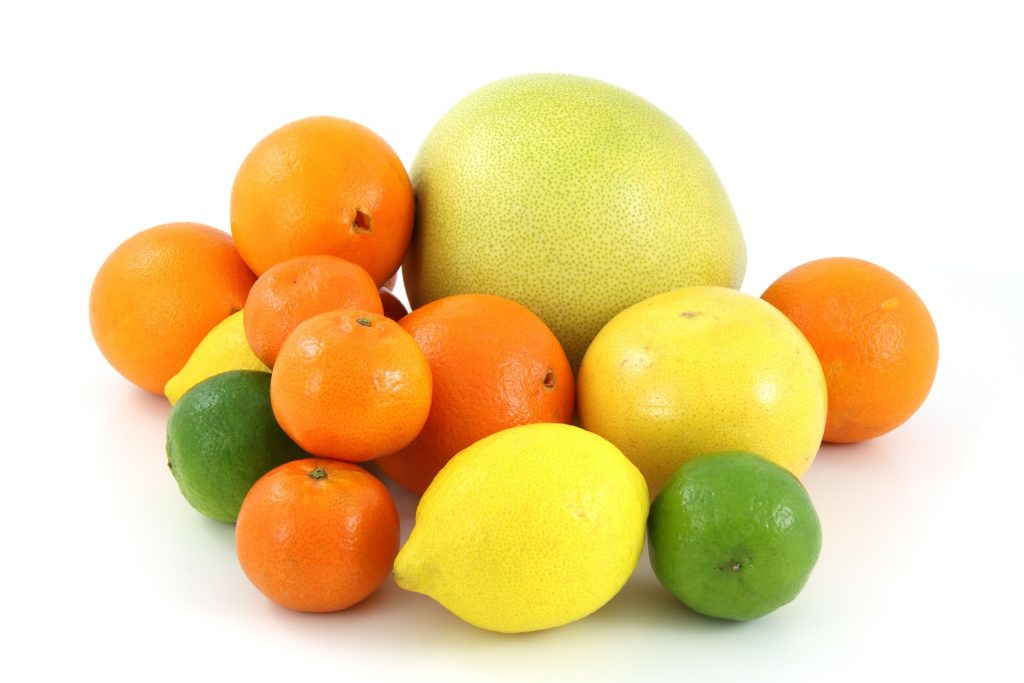 The glycaemic index is a system of characterising the postprandial rise in blood sugar following consumption of foods, usually carbohydrates. A reference food, usually glucose or white bread, is consumed, and the rise in blood glucose levels measured. This value is then given a value of 100. Other foods consumed can then be compared to this value and given a value as a percentage of the glucose or white bread standard. These values are ascribed to the area of the glucose curve produced by the food. So a food that produces a blood glucose curve half the area of the glucose standard, would have a glycaemic index of 50. A food that produced a blood glucose curve one quarter of the area of the glucose standard would have a glycaemic index of 25. The glycaemic index can be a useful measure of the blood glucose response to a particular food and in this regard is useful in a research setting. However, a number of foods have low glycaemic indices, but at the same time can have detrimental long-term effects on blood glucose levels.
The glycaemic index is a system of characterising the postprandial rise in blood sugar following consumption of foods, usually carbohydrates. A reference food, usually glucose or white bread, is consumed, and the rise in blood glucose levels measured. This value is then given a value of 100. Other foods consumed can then be compared to this value and given a value as a percentage of the glucose or white bread standard. These values are ascribed to the area of the glucose curve produced by the food. So a food that produces a blood glucose curve half the area of the glucose standard, would have a glycaemic index of 50. A food that produced a blood glucose curve one quarter of the area of the glucose standard would have a glycaemic index of 25. The glycaemic index can be a useful measure of the blood glucose response to a particular food and in this regard is useful in a research setting. However, a number of foods have low glycaemic indices, but at the same time can have detrimental long-term effects on blood glucose levels.

Both orange and grapefruit juices have low glycaemic indices. However, they are both a source of fructose. Consumption of high amounts of fructose containing fruit juices may be a cause of the development of insulin resistance. Therefore while orange juice and grapefruit juice do not have detrimental short term effects on blood glucose control, they may have detrimental long term effects, if consumed in excess. Studies show that fruit juices can have the same detrimental effects to health as soft drinks containing sugar.
Fruit juices are a good example of this paradox. According to the 2002 International Table of Glycaemic Index and Glycaemic Load Values, grapefruit juice has a glycaemic index of 48, whereas orange juice has a glycaemic index of 52. As a low glycaemic index is considered to be a value lower than ~55, both of these juices could be considered to be low glycaemic index foods. Recommendations are to consume more lower glycaemic index foods. However, these foods have a low glycaemic index because they contain reasonably amounts of fructose or sucrose, which have low glycaemic indices of ~25 and ~65, respectively. While this gives the juices a reasonably low glycaemic index, and produces no real problem in blood sugar control, over the long term high intakes of fructose can cause detrimental changes to the insulin system by inducing insulin resistance. Fruit juices have been compared to soft drink with regard their detrimental insulin resistance inducing effects, and evidence shows they can be highly damaging.
Eat Well, Stay Healthy, Protect Yourself
RdB
